If your idea of the perfect vacation involves waking up to the sound of waves and diving into untouched reef systems, a liveaboard might just be your dream dive trip. With access to remote atolls, pristine coral walls, and pelagic highways, liveaboard diving is the best way to experience the wild side of the ocean.
We’ve rounded up the top 10 liveaboard destinations in 2025, from bucket-list giants like Galápagos to hidden gems like the Banda Sea. Whether you're a macro enthusiast, shark lover, or reef explorer, these spots deliver.
Heads up: when planning a liveaboard trip, check the lunar cycle. If you love current and high-adrenaline dives, schedule your trip around the full or new moon for the strongest tidal changes. On the flip side, if you’d prefer a relaxed and easygoing experience with gentle drifts, aim for the half moon when currents are milder.
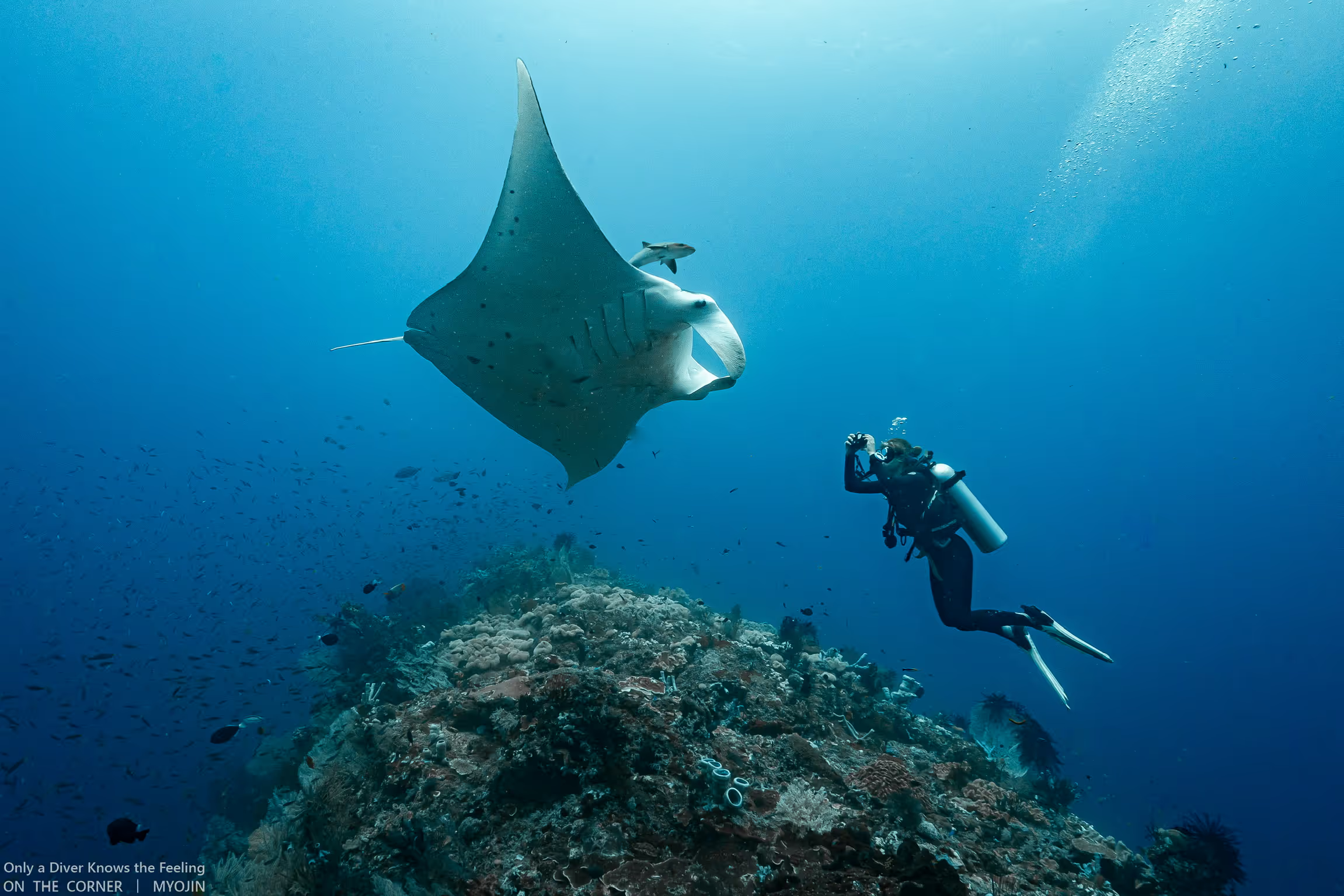
If biodiversity had a capital city, Raja Ampat would be it. Nestled in the heart of the Coral Triangle, this remote corner of Indonesia hosts over 1,600 species of fish and 600 species of coral, more than the entire Caribbean. Dive sites like Magic Mountain, Melissa's Garden, Manta Ridge, Crazy Zoo, and 4 Kings sound like marketing fluff, but they live up to the hype. Expect current-swept plateaus buzzing with barracuda, dense coral gardens, and occasional fly-bys from oceanic mantas and reef sharks.
Raja Ampat is best accessed by liveaboard, as many of its most prized dive sites are scattered across a very large area — many unreachable by land-based operators. While Misool is famous for its surreal soft coral seascapes, northern sites near Dampier Strait also offer excellent fish life. Currents can be strong, so it's ideal for intermediate to advanced divers, but beginner-friendly sites exist too (just tell your cruise director).
For marine ID enthusiasts, this is paradise. You’ll want a top-tier fish ID app on hand — download FINS here — to even attempt keeping up. On any given dive, you might spot a tasseled wobbegong resting beneath a ledge, massive schools of fusiliers swimming in unison, and pygmy seahorses hiding in sea fans.
Misool, Wayag, and the Dampier Strait offer surreal landscapes, from current-swept channels to calm lagoons teeming with life. Combine that with dramatic topside scenery and you’ve got one of the most visually stunning destinations anywhere.
Insider tip: if you're heading south to Misool, don't miss the Jellyfish Lake. It is flat out epic, and probably the best in the world as Palau's population has declined significantly over the last years.
➤ Best time: October–April
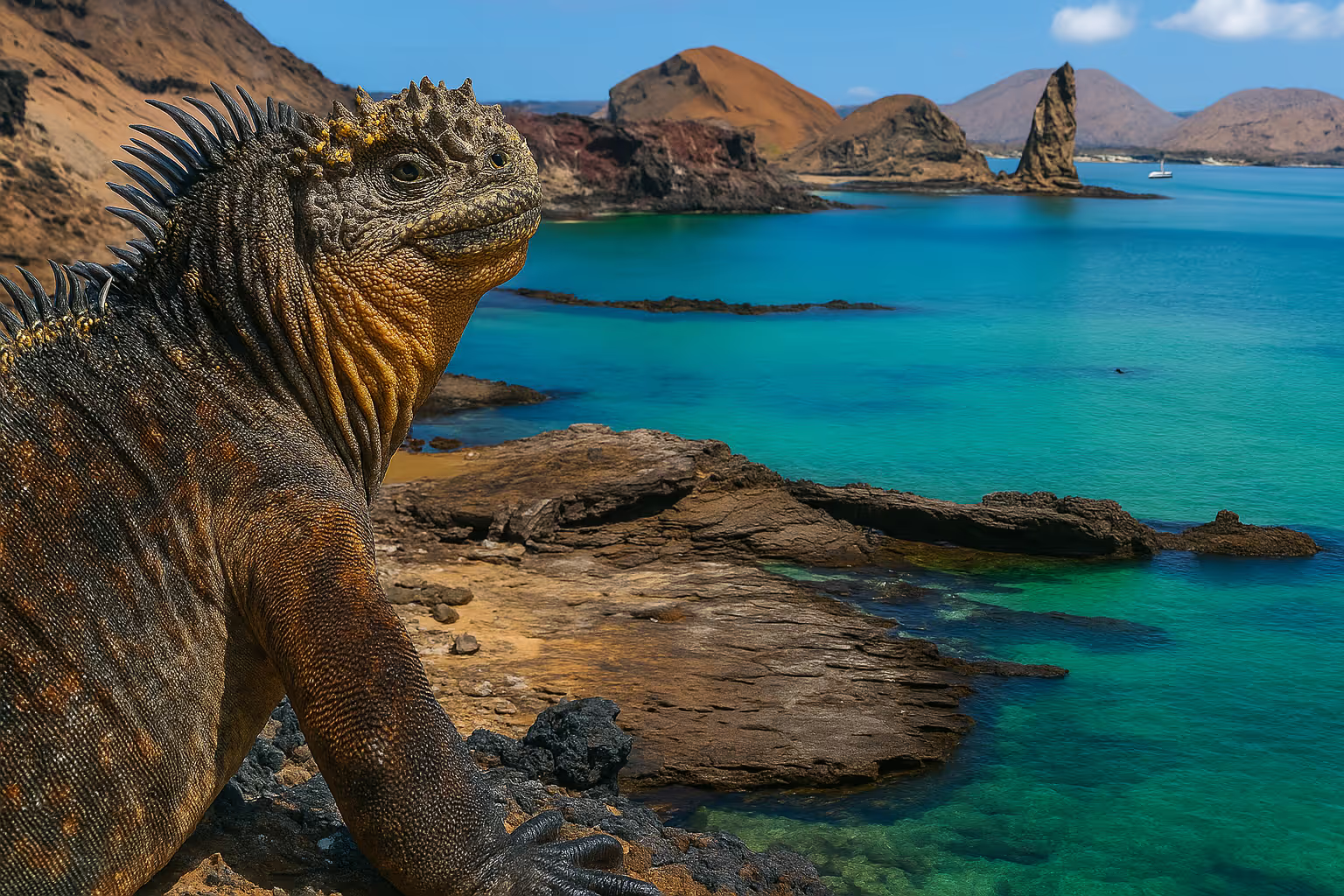
This one’s on nearly every diver’s bucket list, and rightfully so. Diving can be challenging but unforgettable. The Galápagos delivers that rare mix of big stuff (hammerheads, whale sharks, mola mola), eerie volcanic landscapes, and wildlife that just isn't bothered by your presence. Sea lions will photobomb your selfies. And marine iguanas might feed on algae centimeters (inches) away from your mask.
Liveaboards are the only way to access the famous northern islands of Darwin and Wolf, where hammerhead schools stretch into the blue like fishy freight trains. Currents can be fierce and visibility can shift, but the sheer biomass is overwhelming. Between dives, don’t be surprised if your skiff is delayed by a pod of dolphins—or, you know, an orca.
Pro tip: water temps and exposure vary dramatically (from 16°C to 28°C in a single trip), so bring layers, even a hooded vest or 7mm suit if you're sensitive to cold. And if you want to identify the weird, wonderful marine life here—from red-lipped batfish to Galápagos sharks—download a reliable fish ID tool.
➤ Best time: June–November for big animal action
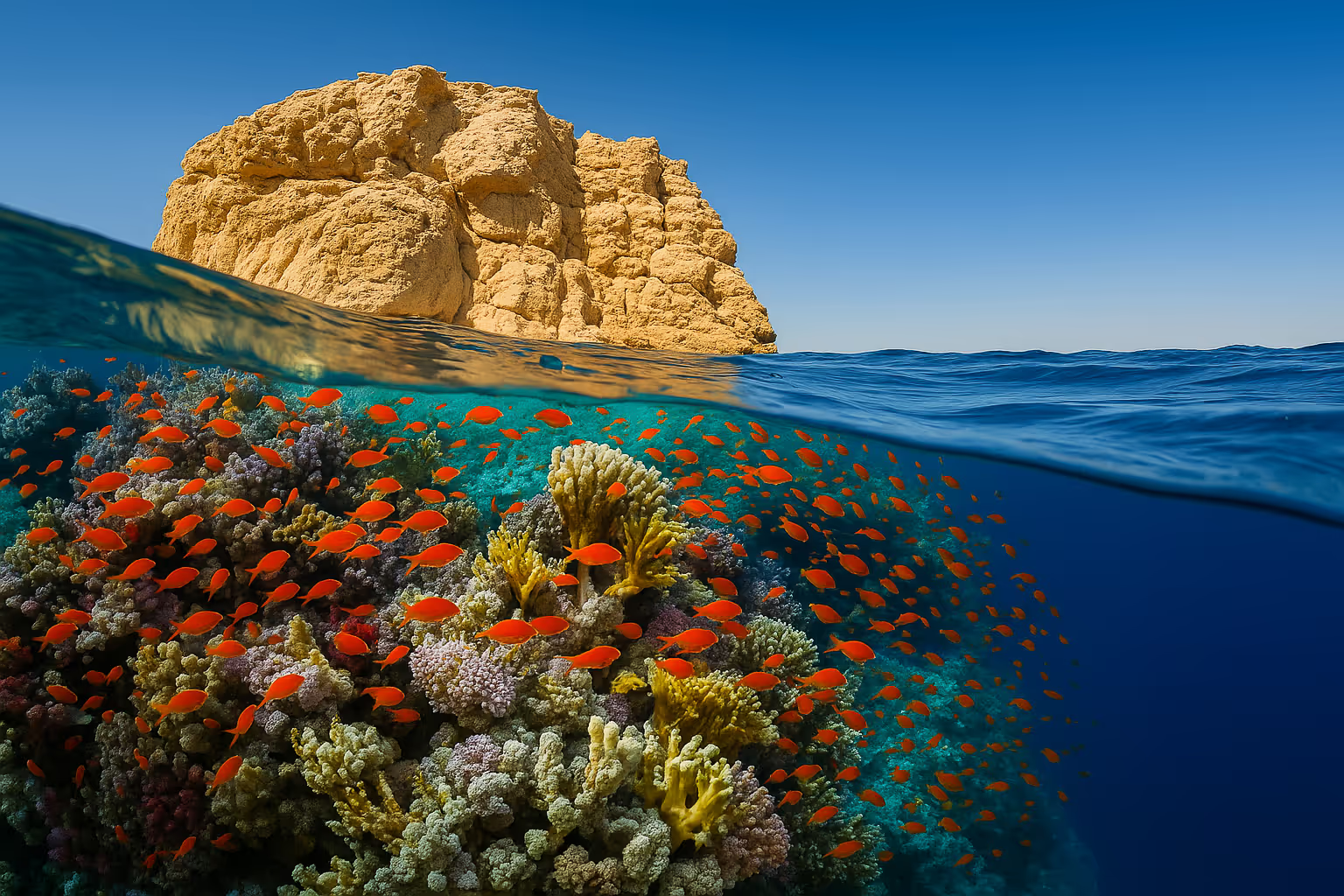
The Red Sea is like an underwater museum with technicolor reefs, legendary wrecks, and a touch of ancient mystery. A diver’s paradise nestled between Africa and the Arabian Peninsula, the Egyptian Red Sea offers a surprisingly affordable liveaboard experience without skimping on the wow factor. Expect towering coral pinnacles, blue-spotted rays, and the occasional pod of dolphins tagging along during your surface intervals.
There are two main liveaboard routes here: the North (wrecks and reefs) and the South (deep drop-offs, coral gardens, and sharks). The northern route includes iconic sites like the SS Thistlegorm—arguably the world’s most famous wreck dive—plus the lush reefs of Ras Mohammed and Tiran. The southern route heads toward Daedalus, Elphinstone, and St. John’s, where oceanic whitetips and hammerheads patrol the blue.
Insider tip: Bring a rash guard. Yes, water temps are warm but the sun is relentless during zodiac rides. And don’t skip the night dives, some of the most mind-blowing bioluminescence and macro life comes alive after dark.
➤ Best time: March to June & September to November
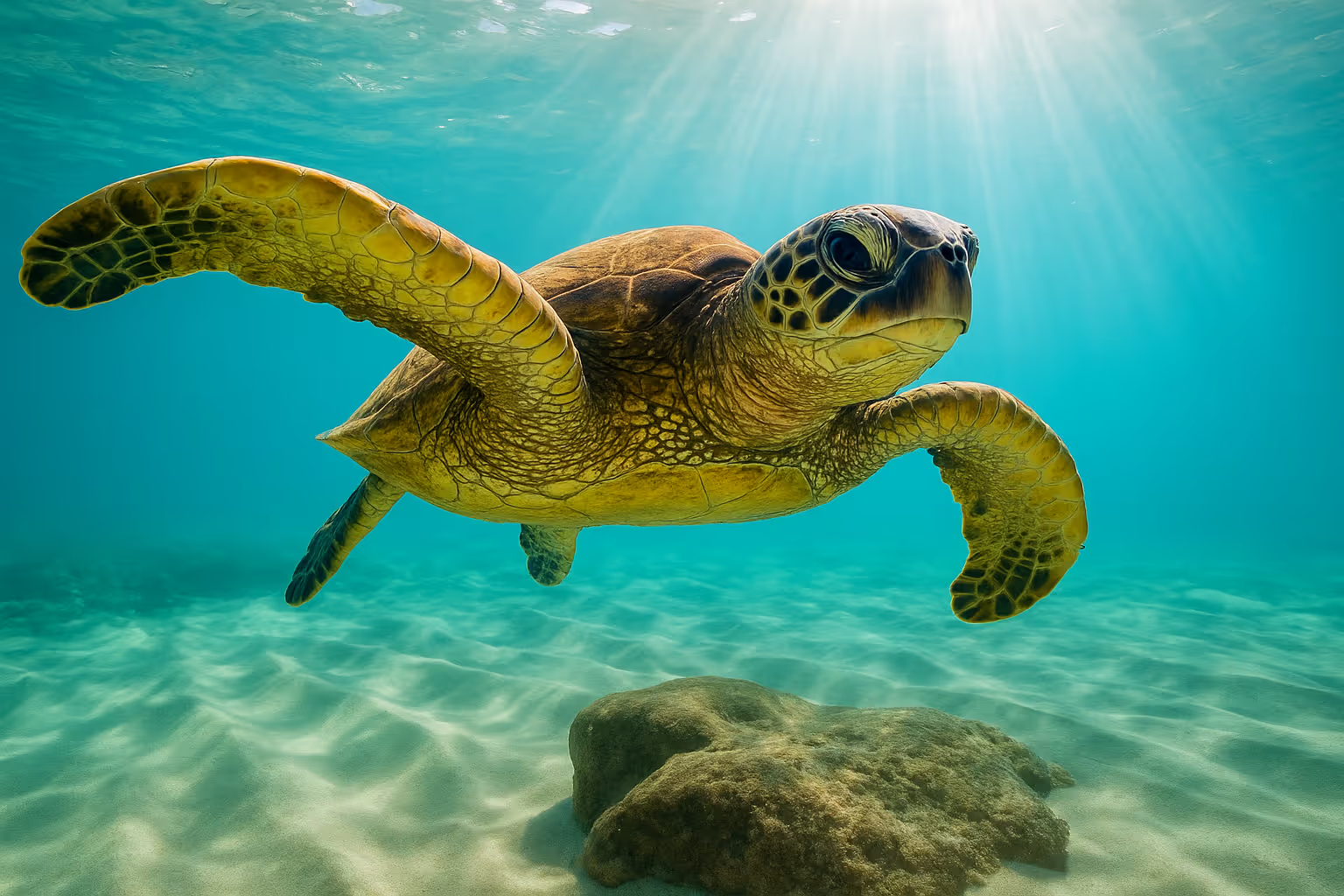
Postcard-perfect atolls? Check. Manta cleaning stations? Check. Drift dives with sharks at every turn? Absolutely. The Maldives is a dream destination for many, and for good reason. A liveaboard here lets you explore far-flung atolls unreachable by day boats, hopping between thilas (underwater pinnacles), channels, and reef walls teeming with life.
Itineraries vary between central, southern, and northern atolls, but all offer plenty of pelagic action. The central routes—Ari and Vaavu Atolls—are most popular, known for night dives with nurse sharks and abundant macro critters hiding among the corals. More adventurous divers can explore the Deep South (Addu, Fuvahmulah) for tiger sharks, big schools of grey reef sharks, and even thresher shark sightings.
Local tip: Manta season peaks in the west from May to November, and in the east from December to April. Plan your trip based on which side of the atolls the plankton (and thus mantas) are hanging out. And if you're unsure how to tell a giant trevally from a jack, we recommend brushing up with our Beginner’s Guide to Fish ID.
Central & Northern Atolls (e.g., Ari, North/South Male, Vaavu):
➤ Best time is December to May — calmer seas, clearer visibility, especially on the eastern sides during this season.
Southern Atolls (e.g., Addu, Fuvahmulah, Huvadhoo):
➤ Best time is March to October, with peak action for pelagics like tiger sharks and threshers.
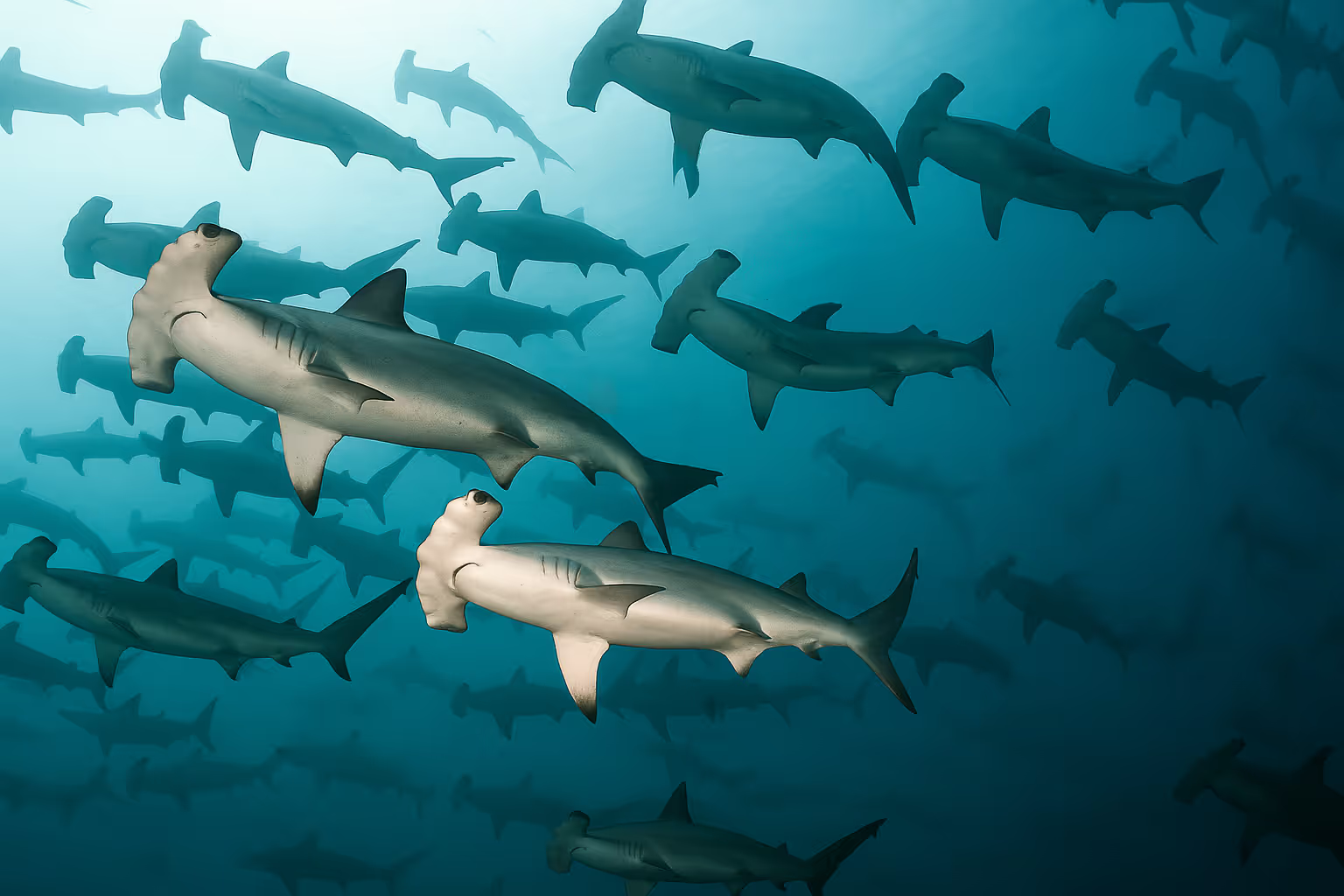
Cocos Island is the kind of place that feels like a myth until you dive it. Located 340 miles off the Pacific coast of Costa Rica, this UNESCO World Heritage Site rises from the abyss and attracts schooling hammerheads, massive baitballs, manta rays, and the occasional whale shark. It's Jurassic Park for divers, with fewer dinosaurs and more sharks.
Because it’s so remote only liveaboards make the journey, usually 10-day itineraries with 36+ hours of open-ocean travel each way. But once you arrive, it’s all worth it. Dive sites like Alcyone and Dirty Rock offer some of the most exhilarating dives on Earth. Strong currents, deep pinnacles, and blue water create perfect conditions for pelagics, especially the schools of hundreds of scalloped hammerheads.
Pro tip: Bring gloves, a reef hook, and a sense of humor. Conditions can be rough, but the payoff is unmatched. There’s no land access for tourists, so it’s all diving, all the time. Fish, friends, and phenomenal marine encounters.
➤ Best time: June to November (for hammerhead schools and best pelagic sightings)

Tubbataha is a UNESCO-listed marine sanctuary in the heart of the Sulu Sea that delivers remote, no-nonsense, no-filler diving. Accessible only by liveaboard and only a few months a year, it's the Philippines' crown jewel for big reefs, big fish, and big conservation success. Think wall dives that plunge into the abyss, reef sharks on every dive, and a reef system so pristine you’ll wonder if you're in a BBC documentary.
The park is made up of two coral atolls (North and South Atoll) and Jessie Beazley Reef, all teeming with reef sharks, turtles, schooling jacks, bumphead parrotfish, and occasional sightings of whale sharks and mantas. There's zero land. Just you, the boat, and 100,000 hectares of protected reef. The strict marine park rules mean this place has remained spectacular for decades.
Insider tip: Tubbataha is only open from mid-March to mid-June, so spaces book fast, sometimes a year in advance. Bring a reef hook, wide-angle lenses, and a love for early mornings (often dives start with sunrise). And don't forget surface interval entertainment: the crew’s karaoke game is as strong as the currents.
➤ Best time: Mid-March to mid-June (limited season)
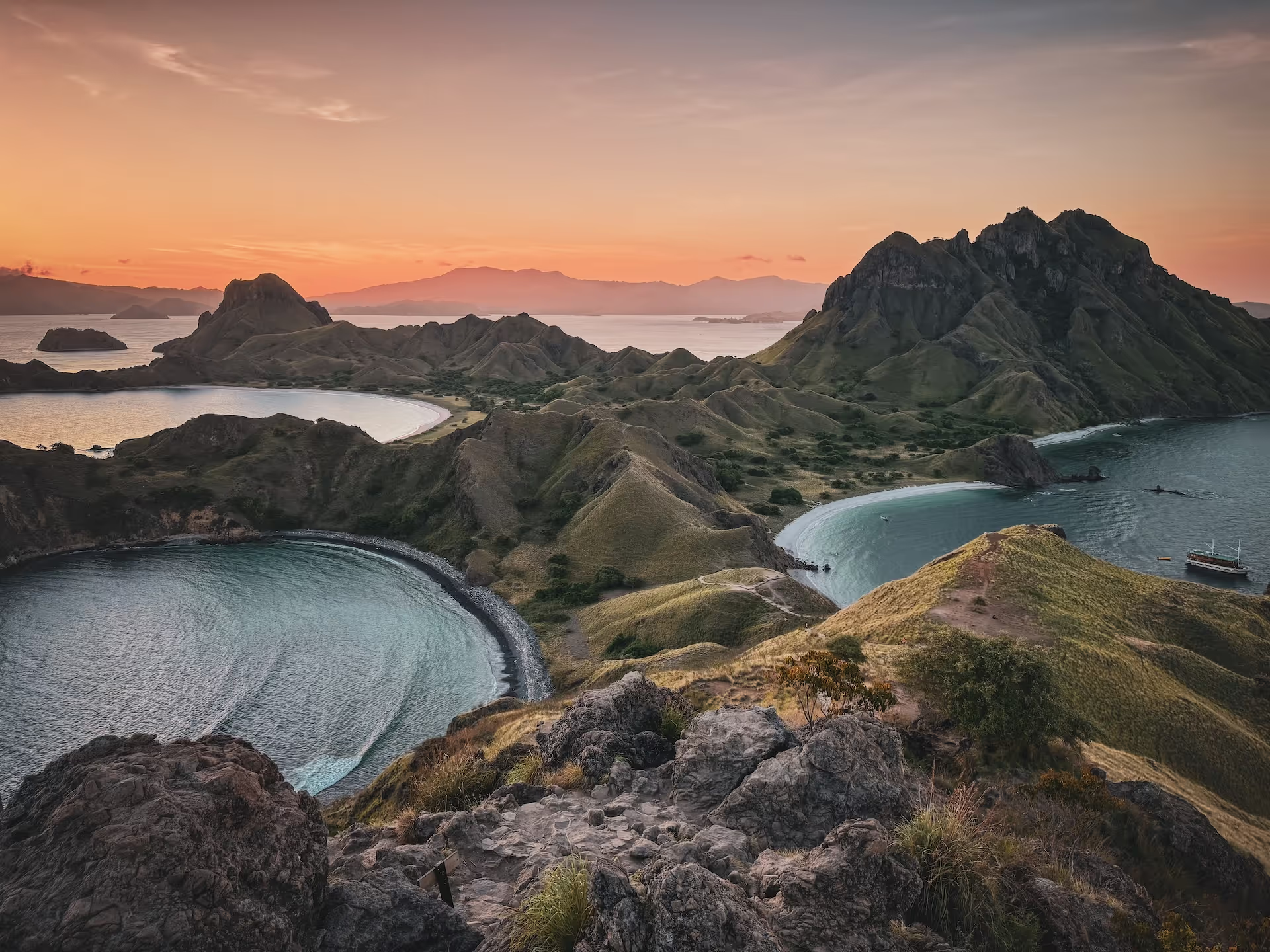
Komodo isn't just about dragons. Though yes, you can visit the famous Komodo National Park and walk among dinosaurs. Underwater the real monsters are the ripping currents and the mind-bending marine diversity. From macro critters like flamboyant cuttlefish and pygmy seahorses to adrenaline-pumping drift dives with reef sharks and mantas, Komodo has it all.
Liveaboards give you full access to both northern and southern sites, each with a distinct character. The north is warmer and full of reef life, while the south (e.g. Manta Alley) is colder, greener, and teeming with nutrients and soft coral growth. The central region, with sites such as Batu Bolong and Tatawa Kecil, is the perfect blend of both worlds.
Insider tip: tides are everything in Komodo. Dive guides here are like underwater meteorologists, timing the currents to hit sites at just the right moment. Trust them. Especially at dive sites like Shotgun and Batu Bolong. Also, don’t forget your reef hook. You’ll use it more than your fins some days.
➤ Best time: April to November
.avif)
Palau is the Pacific’s best-kept not-so-secret. A paradise of coral gardens, WWII wrecks, blue holes, and wild pelagic channels, it offers something for every type of diver. Its location at the confluence of Pacific currents means nutrient-rich water and serious biodiversity, there's over 1,400 species of fish and 700 species of coral. And yes, you can swim in a saltwater lake full of harmless jellyfish.
Most liveaboard itineraries here center around sites like Blue Corner, German Channel, and Ulong Channel. Expect wild drift dives with reef hook action, plus manta cleaning stations, shark-packed walls, and the occasional turtle cameo. You’ll also visit wrecks from WWII and caverns like Chandelier Cave for a change of pace. Palau’s waters are clear, warm, and absolutely stunning.
Insider tip: time your trip around the full moon if you want to witness Palau's famous snapper spawning aggregations at sites like Ulong Channel, or the bumphead parrotfish spawning frenzy at New Drop-Off—an awe-inspiring explosion of color, chaos, and collisions. And don't forget your reef hook, Blue Corner isn’t legendary for nothing.
➤ Best time: November to May (dry season and best visibility)

If the Galápagos is the heavyweight champ of big animal diving, then Socorro is its scrappy cousin with just as much punch. Located 240 miles off the coast of Cabo San Lucas, the Revillagigedo Archipelago (commonly referred to as Socorro) is a remote and rugged volcanic island chain where giant oceanic manta rays, dolphins, whale sharks, and up to ten species of sharks all show up for the party. It’s a pelagic-lover’s paradise with a side of adrenaline.
Liveaboards are the only way to dive Socorro, and the trips are typically 8 to 10 days due to the long crossing. But once you’re out there? It’s wild diving from start to finish. Think 6-7 meter (20-foot) mantas hovering close enough to make eye contact, curious bottlenose dolphins shadowing you at depth, and the unmistakable silhouettes of schooling hammerheads slipping past the edge of visibility. Add in playful tuna, lurking Galápagos sharks, and the possibility of a humpback whale encounter, and you've got yourself a dream dive log.
Insider tip: Because of its remote location, most liveaboards here are fully self-contained. Pack extra seasickness meds, just in case. And don’t expect coral gardens or colorful reefs, this is all about big blue water encounters. For macro divers, you’ll want to sit this one out (or bring binoculars).
➤ Best time: November to May (peak for mantas, sharks, and whale sharks)
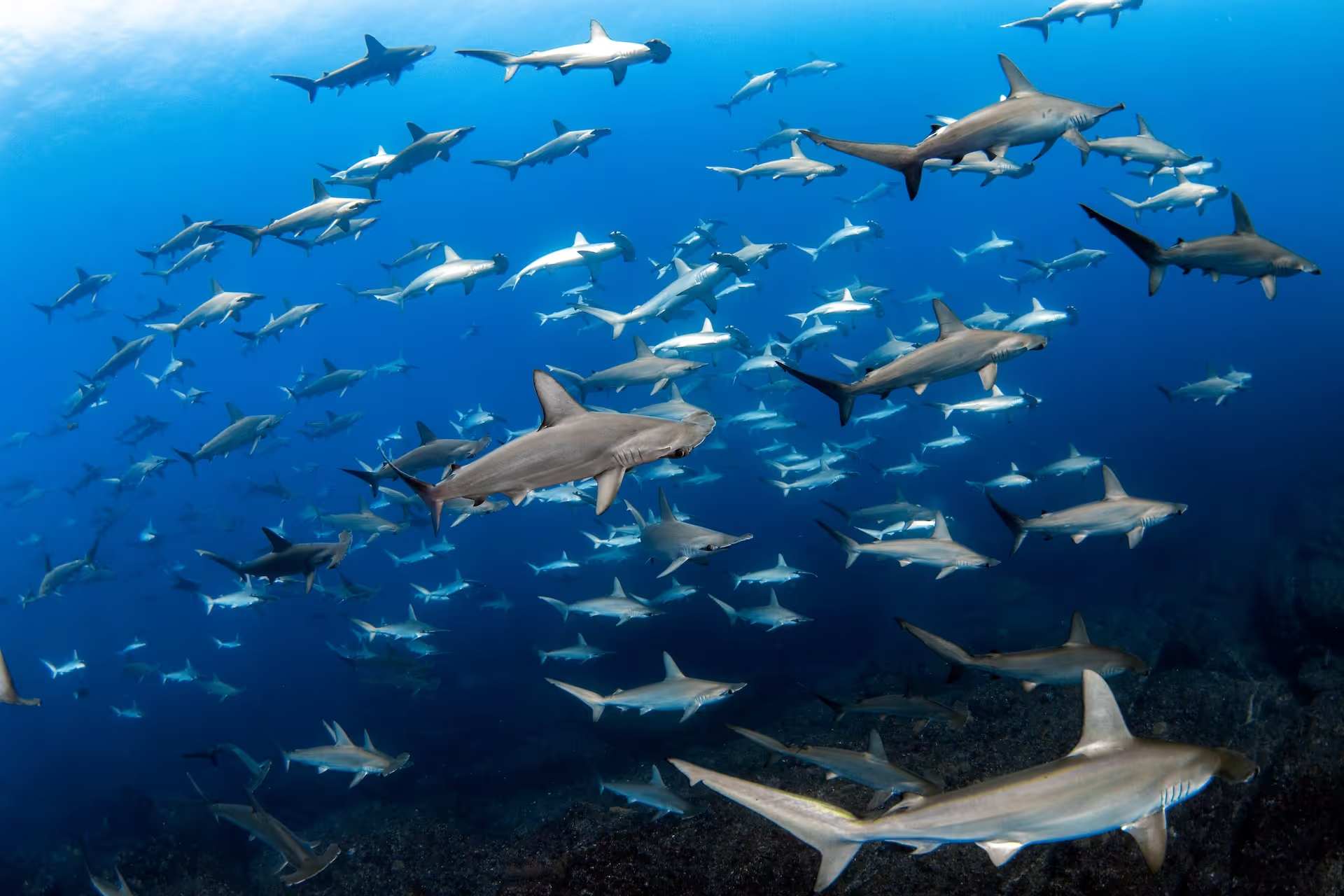
If you like your diving remote, wild, and full of marine life, the Banda Sea might be your new favorite obsession. This vast stretch of ocean in eastern Indonesia offers everything from hammerhead schools to exotic critters to historic spice-trade islands. And depending on when you go, possibly no other dive boats in sight.
Most Banda Sea liveaboards are seasonal crossings, usually in September to November or around April, linking Komodo or Raja Ampat with Ambon or Alor. These trips are prized for hammerhead sightings at islands like Manuk, and Suanggi. Give the snakes at Manuk or Gunung Api a kiss for me, they're very friendly (yes, there are sea snakes—lots of them). The Banda Sea also delivers colorful walls, and reefs that feel untouched. Plus, you’ll dive around active volcanoes and may even visit Banda Neira, a historic colonial town straight out of a Jules Verne novel.
Insider tip: Bring a zoom lens or binoculars for topside views. Frigate birds, whales, dolphins, flying fish, and smoldering volcanoes are all part of the show. November trips often coincide with the annual spawning of giant barrel sponges, a rare and mesmerizing event. If you're crossing in April, don't count on hammerheads, they're usually absent during that leg of the season. Hammerheads in this region tend to hang out deeper (30–40m+), so Nitrox and deep-diving certification will help you get the most out of every dive.
➤ Best time: September - November & April (seasonal crossing months with best conditions)
FINS isn’t just for fish ID — our Travel tab is your personal dive concierge, with a best price guarantee. Browse liveaboard options, research your dream destination, and book directly in the app. You can even start logging your dream list of sightings before boarding the boat. With worldwide datasets and species packs for Raja Ampat, the Maldives, and more, FINS keeps you informed every step of the way. Download FINS